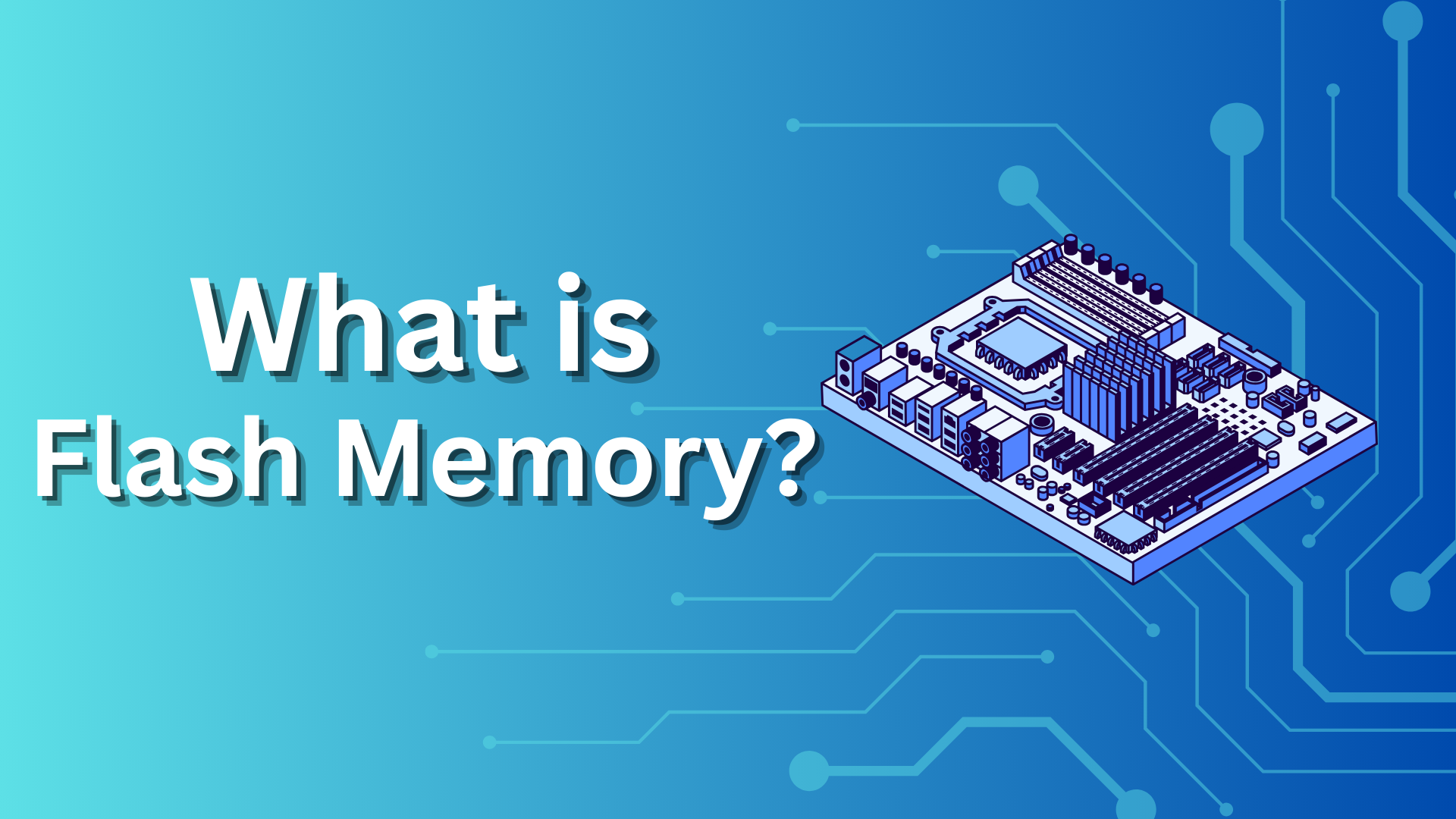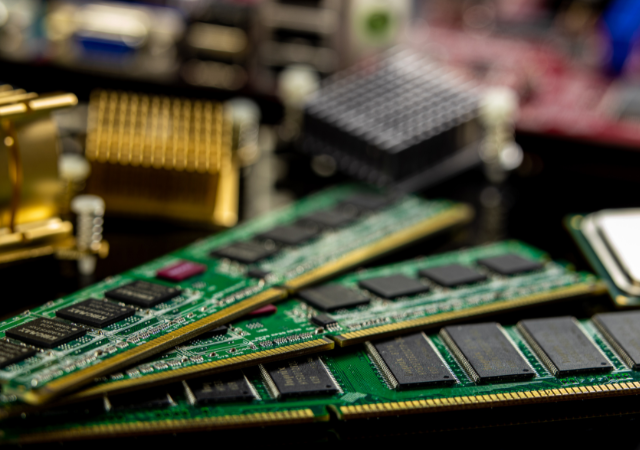
What is Flash Memory?

Storing and transferring files is important for businesses and personal uses. How you store your data may differ, but you are likely using the cloud or a flash drive. USB flash drives are important because they are able to store your data without relying on things like the internet or servers. For these reasons, many people keep a backup of their files on these portable devices.
But how are USB flash drives able to store and transfer your data? They can do it by using flash memory. What is it and how does it work? This article will help you understand what it is and how this technology helps you store your important data and keep it safe.
What is USB Flash Memory?
Flash memory is a non-volatile memory storage medium that stores and transfers data between digital devices. To transfer and store your data, you connect your flash drive to other compatible devices through their USB ports. Flash memory is compact, which is why it is used on small devices like USB flash drives and solid state drives (SSDs).
Flash memory is often called Non-Volatile memory. Non-volatile memory can hold onto its stored information even after the power is removed. This allows you to eject a USB flash drive and safely store your files. This memory is what makes these devices so useful, but there are different types.
Types of Flash Memory
With USB drives, they use one specific type of memory (NAND). However, there are two types of memory. This includes:
NAND Flash Memory
NAND memory works by storing data in blocks and is able to handle large files. It uses MOSFET transistors and is fast at reading and writing data. This type of memory is cost-effective and the more common type of memory in USB drives. NAND memory comes in two subtypes:
Single-Level Cell (SLC): Stores one bit of data per cell. SLC offers faster speed and a longer lifespan but is more expensive.
Multi-level Cell (MLC): Stores two or more bits per cell. MLC offers more storage at a lower cost but is slightly slower than SLC.
NOR Flash Memory
This type of memory is for devices that need faster read and write speeds. If you are using large files and transfer speeds are important to you, this type of memory may be better for you. This does come at a higher cost compared to NAND memory.

How Does It Work?
Flash memory uses cells made from transistors. An electric charge is stored in the cells when you save data onto the device. This charge remains there even when the device has no power. This is where the term non-volatile memory comes from.
Here is a breakdown of how this process works:
- Data Writing: An electric charge programs data into memory cells when you save data to the device. This data is written in large blocks if NAND flash memory is being used.
- Data Reading: The system reads the electrical charge that is stored in the cells when you access your files.
- Erasing Data: Flash memory can not be overwritten. To write new data, you have to erase the old one. This happens one block at a time when using NAND memory.
Flash memory is durable and able to handle thousands of write/erase cycles. This is what determines the lifespan of USB flash drives. If taken care of properly, USB drives can last a very long time.
Advantages of Flash Memory
There are unique upsides that make it fundamental for the way we live our digital lives:
- Durable: Because of its solid state, it is much more resistant to shocks from being dropped and much tougher than an HDD.
- Non-Volatile: It does not require electrical power to store its data. Users wontt have to worry about data loss if power is removed.
- Inexpensive: Flash memory had a premium price. However, the cost of the components has significantly dropped. It is now affordable, especially if you are purchasing cost-effective storage like bulk USB drives.
- Small Footprint: The days of bulky HDDs in consumer devices are long gone. NAND chips are extremely compact and can store large amounts of data.
Devices That Use Flash Memory
You can find flash memory in everyday devices. It is reliable and provides better functionality for certain products. Some of the most common devices are:
USB Flash Drives: Flash drives store and transfer data between devices. They use flash memory to save those files and access them anytime.
Solid State Drives (SSDs): SSDs are used in desktops and laptops and are used to store large amounts of data.
Smartphones: Smartphones use this to store things like apps and operating systems (OS).
Digital Cameras: Digital cameras use SD cards to store your photos and videos.
Smartwatches: Some smartwatches rely on this to keep data stored. Things such as apps and health data that are accessible whenever you need it.
Conclusion
Flash memory is an underrated piece of technology that many people do not know about. Without it, a lot of the devices we use would be different. Next time you are shopping for custom USB flash drives, you will know a little more about how these small devices work.